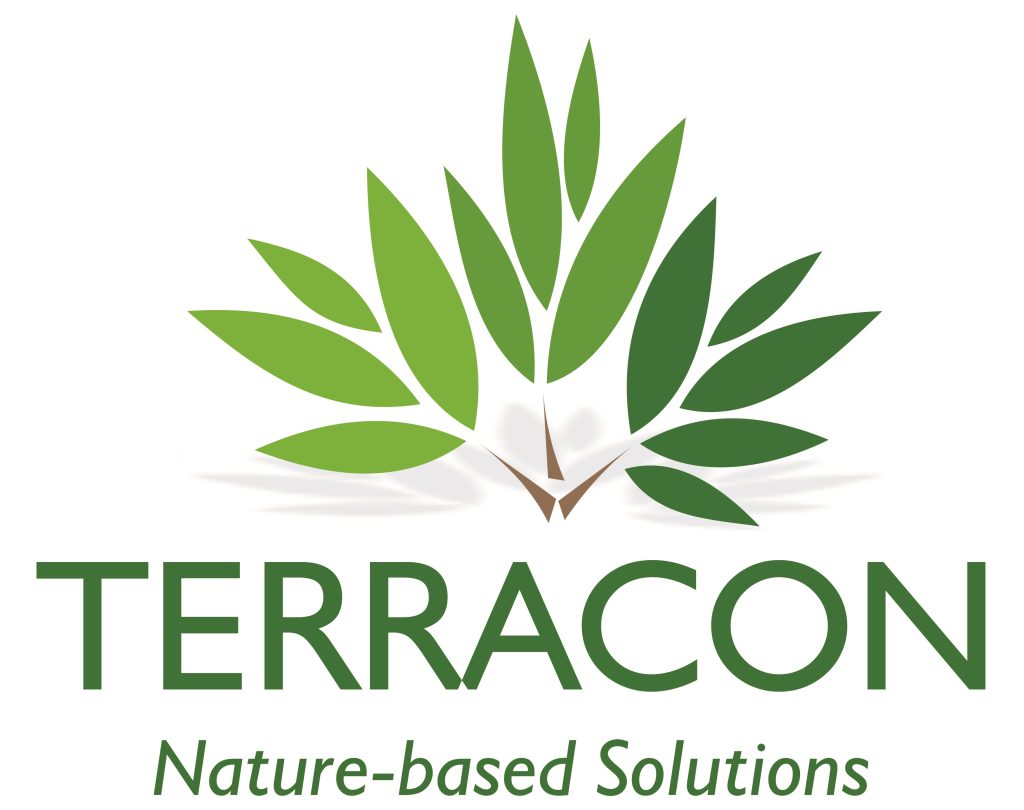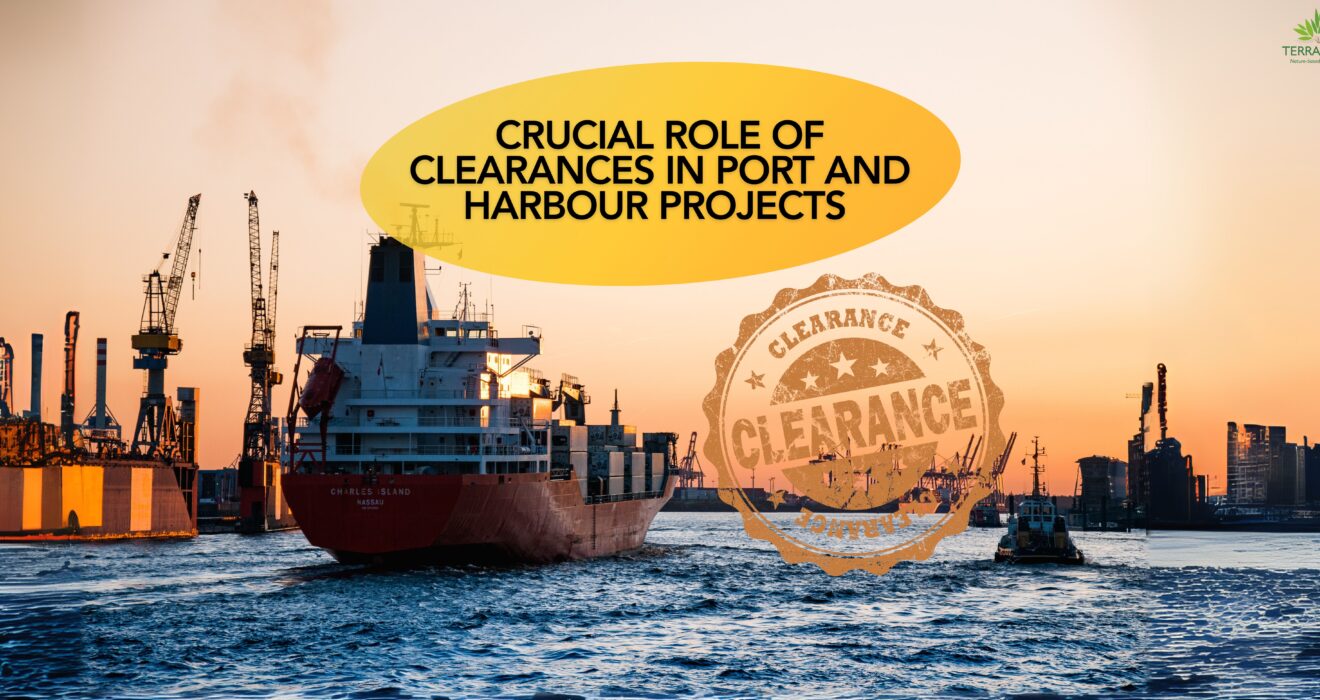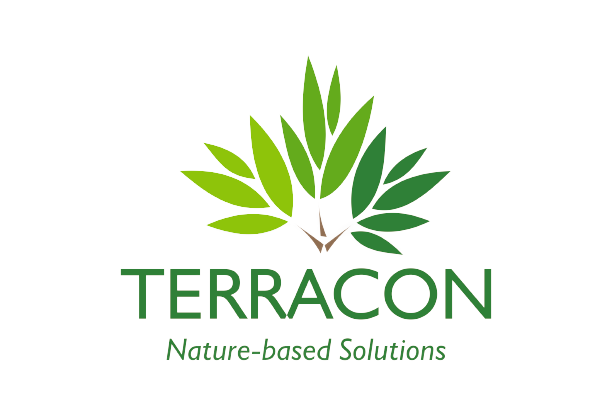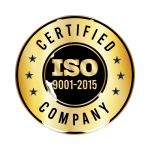We talk a lot about development — about ports, harbours, and everything they bring in terms of growth. And yes, they matter. They make transport easier, they boost the economy, they connect us to the world.
But here’s the part we rarely talk about: the coastlines they replace. The ecosystems that get wiped out. The noise, the disruption, and the slow disappearance of spaces that once belonged to nature.
Does development have to come at the cost of everything that made the place special to begin with?
Probably not. And maybe it’s time we started asking that more often.
Coastal landscapes are being transformed as a consequence of the increasing demand for urban infrastructure to sustain commercial, residential and tourist activities. A variety of man-made structures, such as breakwaters, jetties and seawalls have thus become ubiquitous features of intertidal and shallow subtidal habitats. This transformation will accelerate in response to the exponential growth of human populations and to global changes, such as sea-level rise and increased frequency of extreme meteorological events. In the race for rapid coastal development, ports and harbours have emerged as gateways of trade, tourism, and economic growth. But building and expanding these maritime structures is simple from far but —it involves navigating a maze of legal, environmental, and engineering challenges.
Key Environmental Challenges for a Coastal Infrastructure
Coastal areas are highly known for their natural beauty and economic opportunities, but setting up an infrastructure in these regions comes with its own set of unique challenges. From harsh weather conditions to flooding and rising sea levels, it’s crucial to design and build with these factors in mind. By understanding the environmental challenges associated with coastal builds and incorporating effective solutions, you can create resilient and sustainable structures that withstand the test of time. Whether you’re building a port or a harbour, prioritizing environmental sustainability and structural integrity is crucial for success. Coastal areas are no strangers to strong winds, heavy rainfall, and high levels of salt in the air. These conditions can accelerate wear and tear on materials, leading to corrosion of metal components in the structure, risk of flooding especially during high tide levels, coastal erosion which can compromise the stability of the structures built etc.
- Can we construct a coastal structure without harming nature? Here is where EC and CRZ matter-
The clearances can be considered as a go signal or an approval to go ahead with the project or construction that you are planning to implement only on the condition that the environment is being protected. Each process that is involved in getting a clearance acts as a filter by removing risky elements involved in the project.
Coasts Are Not Empty Lands—They’re Living Ecosystems!
No clearances indicate that there is no check which means the project is considered as illegal and can be shut down by courts or penalty can be imposed.
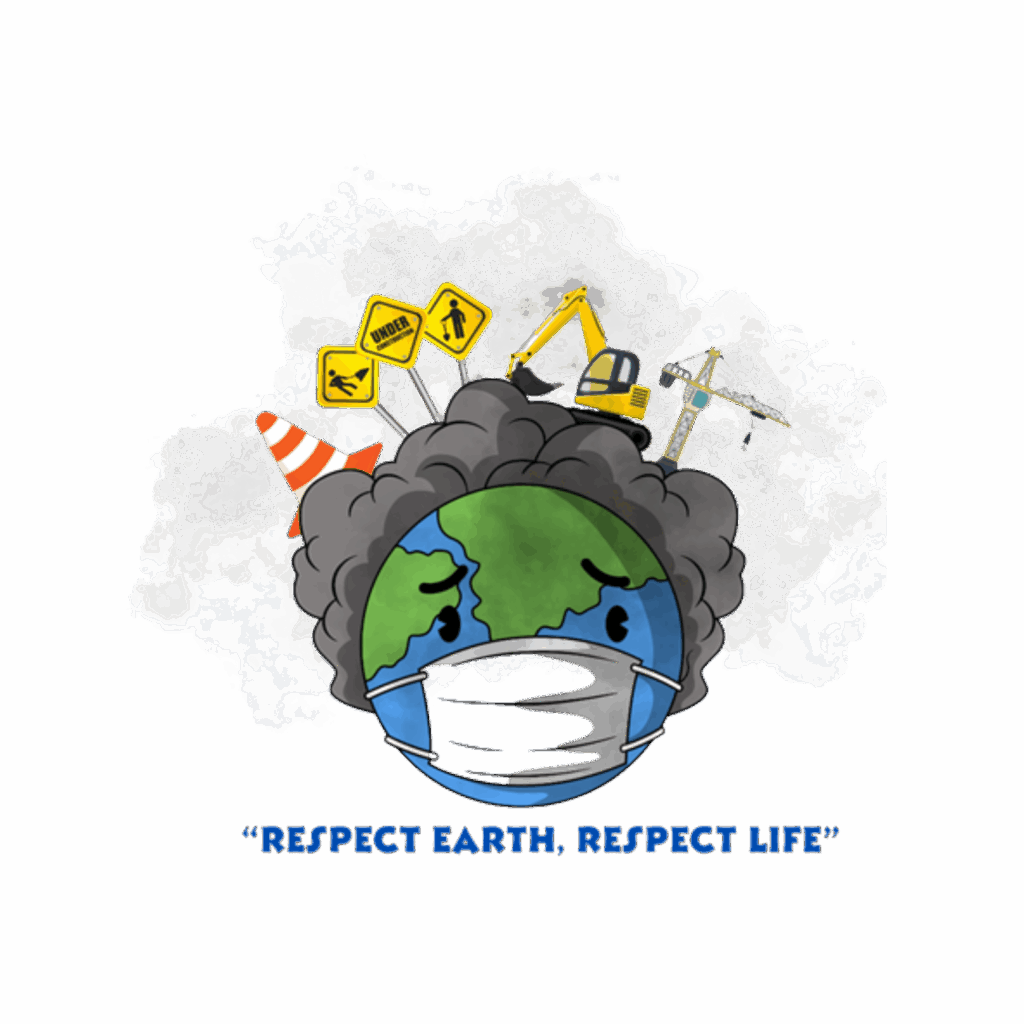
The location of ports is usually near delicate ecosystems like mangroves, coral reefs, estuaries and marine habitats. The inclusion of risk mitigation measures containing disaster management plans, safeguard measures against oil spill control. By adhering to the regulations and obtaining essential clearances, environmental harm can be minimized and the coastal ecosystem health can be supported.
With every passing year, the process of environmental restoration is becoming more difficult and time-taking, and in many cases nearly irreversible damage to the environment can make it impossible to restore the original state.
- The Green Signals you require before a Port/Harbour construction-
- CRZ (As per 2011 or 2019 amendment)
The coastlines of our country is one of the beautiful sights to witness. The Coastal Regulation Zone (CRZ) Notification given by MoEFCC and its amendments play a significant role in protecting our coastal areas.
The CRZ Notification categorizes coastal stretches within 500 meters of the High Tide Line (HTL) on the landward side into four categories viz. CRZ I, CRZ II, CRZ III, CRZ IV.
It aims to protect the coastal environment in the country ensures sustainable development practices are followed to protect coastal resources and livelihoods. It sets guidelines to maintain the ecological balance and preserve the natural beauty of coastal areas. CRZ plays a crucial role in managing coastal development and preventing environmental degradation.
- Environmental Clearances (EC) (As per 2006 amendment)
The rapid spike in globalisation and industries is continuously leading to the loss and degradation of environmental factors. People too in the running race are growing irresponsible towards the natural environment and neglecting about the existence of it. EC aims to reduce the environmental damage that has been occurring for years due to this effect of rapid industrialisation and economic growth. EC also goals to determine how the proposed project or development is affecting the social, economic progress along with the environment. The EIA Report addresses the negative effects of any project with alternatives or preventive measures and is also responsible for monitoring all the harms caused by the projects. The loss of marine biodiversity and coastal ecosystems, deterioration of water and air quality are the impacts of constructing a coastal infrastructure. Obtaining an EC ensures that the proposed project complies with the environmental regulations or the standards set by the Ministry of Environment, Forest and Climate change (MoEFCC).
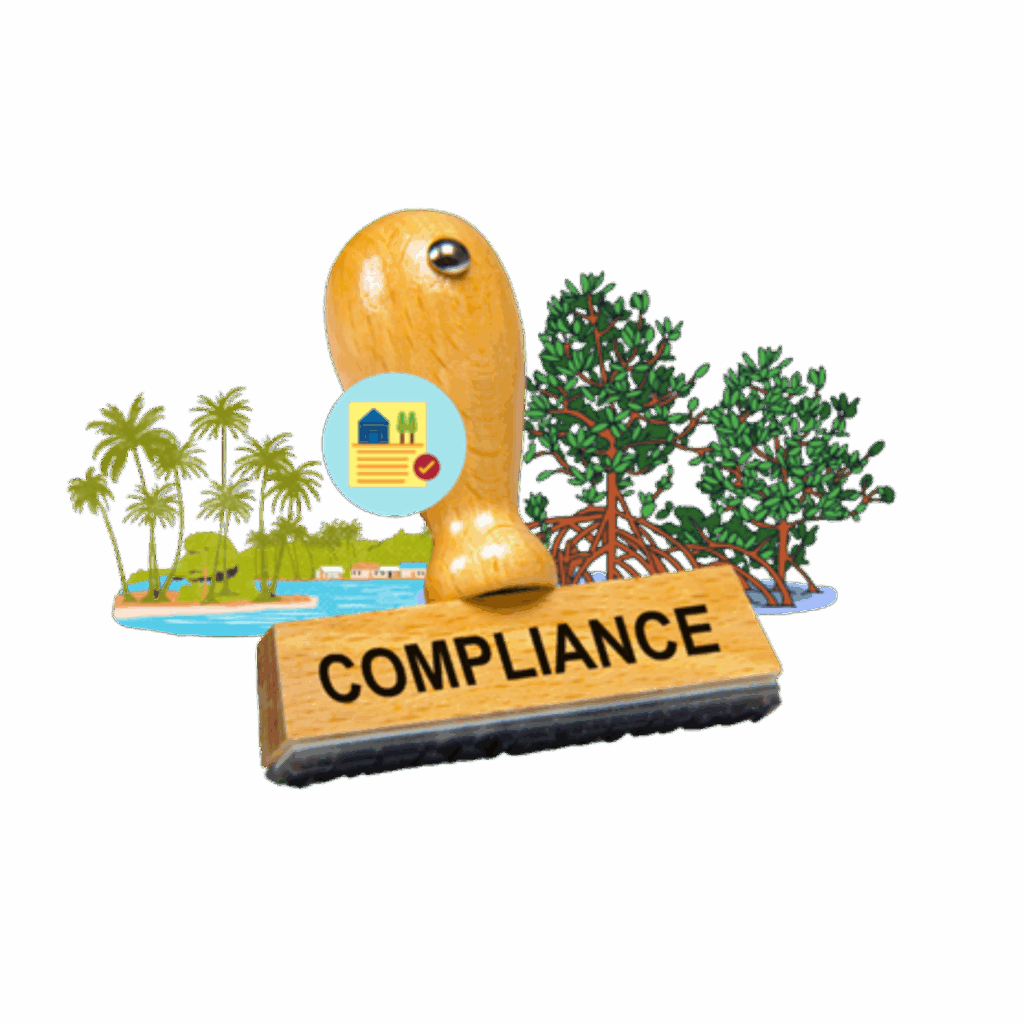
- Forest Clearances (FC)
The development of ports and harbours often uses land for the construction purposes of breakwaters, jetties and bunds which may involve the use of forest lands. Therefore, the forest clearance comes into picture without which the conversion of forest land into construction cannot be allowed. It is mandatory to obtain the clearance in order to responsibly carry out the construction and with minimal environmental impact. Forest clearance ensures that the projects does not cause unnecessary damage to the forest ecosystems and measures are taken to tackle potential environmental impacts.
The key components of EC for a harbour project consists of Baseline data (of air, water, soil, biodiversity), EIA report, Environmental Management Plan (EMP), Marine biodiversity study etc.
In India, the EIA notification was first formulated in 1994 under the Environment (Protection) Act 1986, making environmental clearance mandatory for various projects.
- What if we skip these processes?
Skipping the processes of obtaining clearances is not a good option to think of!
The proponent may face legal troubles regarding the project by failing to obtain the clearances. It can cause the loss of livelihoods including environmental disasters and bring about damages that may be irreversible in nature. The negligence which was a mistake committed by us can lead to a major destruction in the nature. After all, each one of us belong to our Mother earth and by default it becomes our responsibility to take a step we can for protecting it. And speaking in a broad term, “Clearances aren’t the enemies of development neither do they stop it!
They guide, improve and future-proof it for a better and friendly environment. In the era of climate crisis, sea level rise and the decline of ecology, these clearances ensure we are building smart and more sustainable harbours to serve the nation without sinking its natural wealth.
When a port or a harbour is built with responsibility and proper clearances it undoubtedly respects the local environment, avoids unnecessary delays legally, earns public trust and lasts longer with lesser damage.
This can be connected to the real world relevance by studying the cases or projects that actually faced issues due to negligence towards clearances such as the Vizhinjam International Seaport located in Kerala had faced delays due to EC and CRZ challenges related to coastal erosion and community concerns and also similarly, The MTHL Project (Mumbai Trans-Harbour Link) had undergone serious CRZ scrutiny for passing through the mangrove-rich zones.
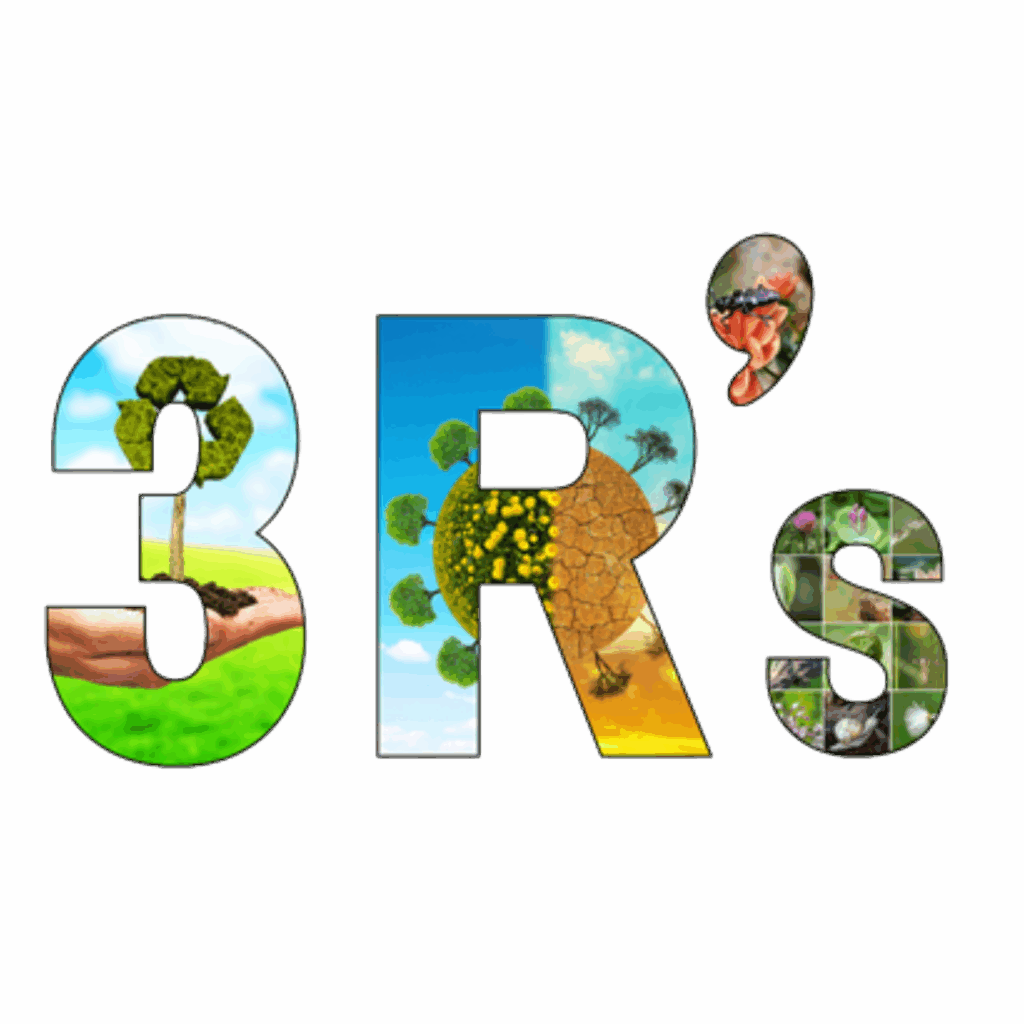
Earth cannot continue to support its inhabitants, without sustainability!
So we can conclude that, EIA for ports, harbours, break waters is an essential process that helps in the identification of potential environmental impacts to develop mitigation measures which will minimise adverse effects. Ignoring the essential clearances required for a port or harbour project including the Environmental Clearance (EC) and Coastal Regulation Zone (CRZ) can invite unnecessary troubles legally as well as in other ways. By following a systematic and thorough EIA process the potential environmental effects and impacts can be minimized and sustainability can be achieved!
We at our company, specialize in solving these challenges through policy aligned and scientifically sound EIAs. From screening to scoping and up to final documentation, we handle each and every process with precision, accuracy and clarity. Terracon Ecotech’s expertise ensures adherence to regulatory standards and compliance with environmental norms. The HSD pipeline from Oil jetty to IFFCO chamber in Kandla Port project in Kutch, Gujarat acts as a real time example for this which was proposed by the Bharat Petroleum Corporation Ltd. Clearances which many people look at as a roadblock or an obstacle to development, we transform it into a strategic advantage with a resilient and sustainable gateway to future!
Next time you come across a port or a proposal of the port which is being built ask: Did it obtain proper clearances required? Because that one paper could be the difference between a thriving coastal area and a sea which is dead!

Written By
ASWATHY NAIR
Team Terracon Ecotech
Reference :
